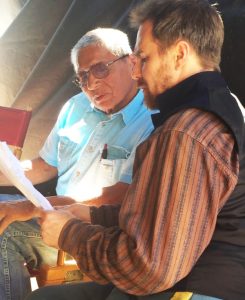FOR IMMEDIATE RELEASE
Denver, Co — Háu, Denver! The Lakota Language Weekend, a crash course on Lakota language and culture taught by instructors from the world-renowned Lakota Summer Institute, returns to Denver on October 20-21 at the University of Denver.
The workshop is open to people of all backgrounds, and geared towards beginners. Students will learn basic vocabulary, grammar and practical sentences for everyday life.
The event is organized by The Lakota Language Consortium, leaders in the Native American language revitalization movement, in collaboration with the University of Denver’s Center for Multicultural Excellence. Last year’s Lakota Language Weekend drew nearly 70 participants from five states.
The workshop will also include a special Saturday night screening of the 2018 film Woman Walks Ahead, based on the true story of a woman artist (Jessica Chastain) who befriends Chief Sitting Bull in the fight for Native American land rights.
“Denver has the highest urban population of people identifying as American Indians in the country, and Lakota is the largest tribal group” said Viki Eagle, Director of Native American Community Relations & Programs at the University of Denver, and Denver coordinator for the workshop. “The Lakota community here is really excited about the Weekend, especially the younger generation who didn’t grow up speaking the language. But we’re hoping that people of all tribes and backgrounds will attend!”
Like virtually all Native American languages, Lakota is considered an endangered language, with an estimated 1,500 fluent Lakota speakers. But the upsurge in attendance to these and other Lakota programs has given teachers and learners new confidence they can reverse the decline.
More information and reservations can be made on The Lakota Language Consortium’s Facebook page. The cost is $40 for the weekend, and discounts are available for families and groups.
The Denver workshop is the latest in an ongoing series of Lakota workshops organized by the Lakota Language Consortium to bring Lakota “on the road” to communities throughout the United States, from tribal reservations to urban areas like New York, Los Angeles, Minneapolis and Chicago,.
The Lakota Language Consortium will also be attending the National Conference of American Indians (NCAI) in Denver October 21-26 at the Colorado Convention Center.
The Lakota Language Consortium is a non-profit organization of linguists, Native American leaders and volunteers working together to revitalize the Lakota Language through educational programs, teacher trainings and the development of dictionaries, textbooks, apps and other language learning tools. The Consortium also produces award-winning media like the Lakota version of the Berenstain Bears and the documentary Rising Voices.
# # #
Contact: Mitch Teplitsky PR Director, The Language Conservancy mitch@languageconservancy.org (812) 961-0140 x102 (917) 449-2745 (cell)

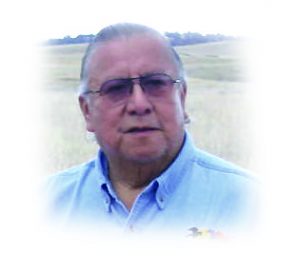 It’s hard to imagine the Lakota Language Consortium today without his early support and encouragement.
It’s hard to imagine the Lakota Language Consortium today without his early support and encouragement.
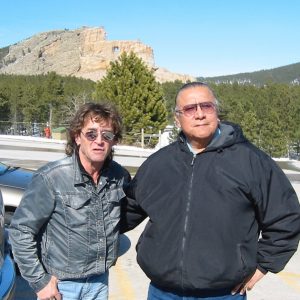
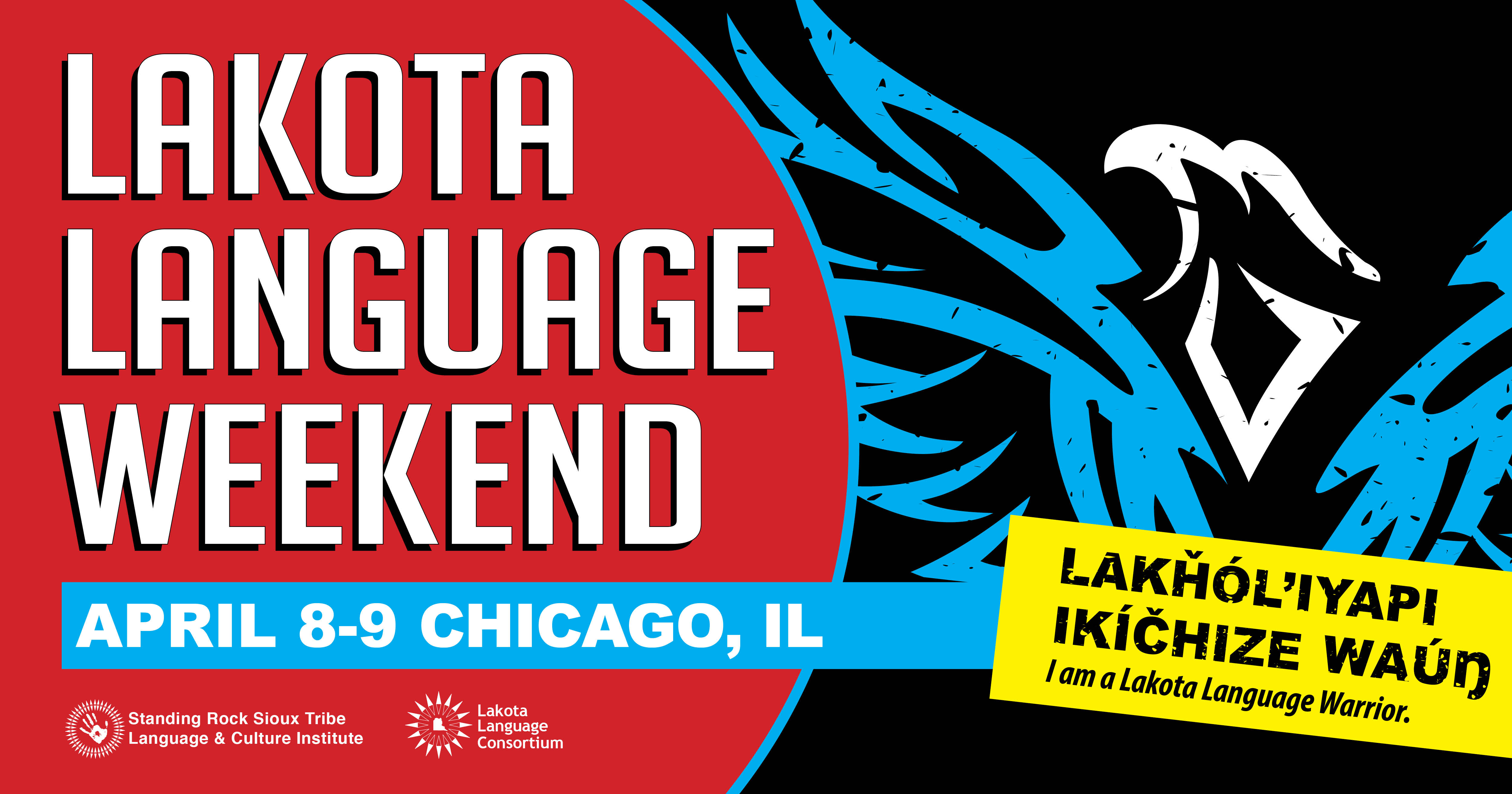
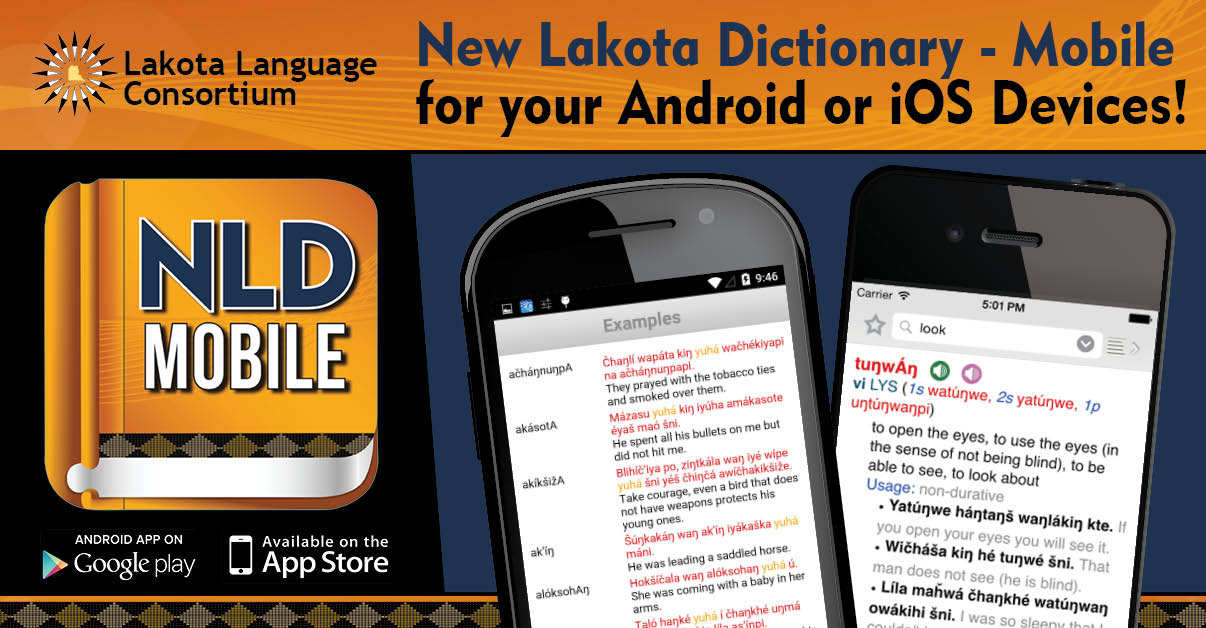
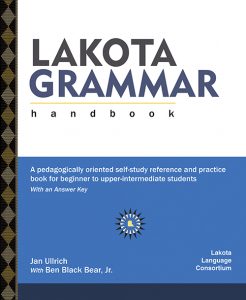
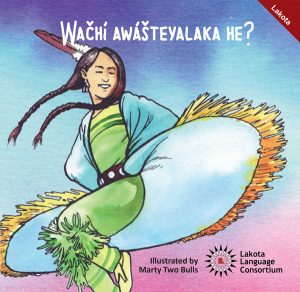
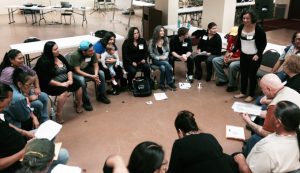 First-Ever Lakota Language Weekend in Los Angeles
First-Ever Lakota Language Weekend in Los Angeles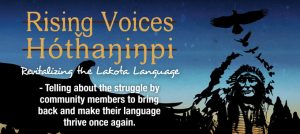
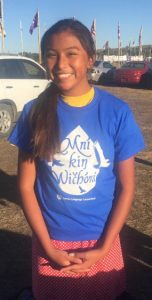 More Than a Pipeline
More Than a Pipeline